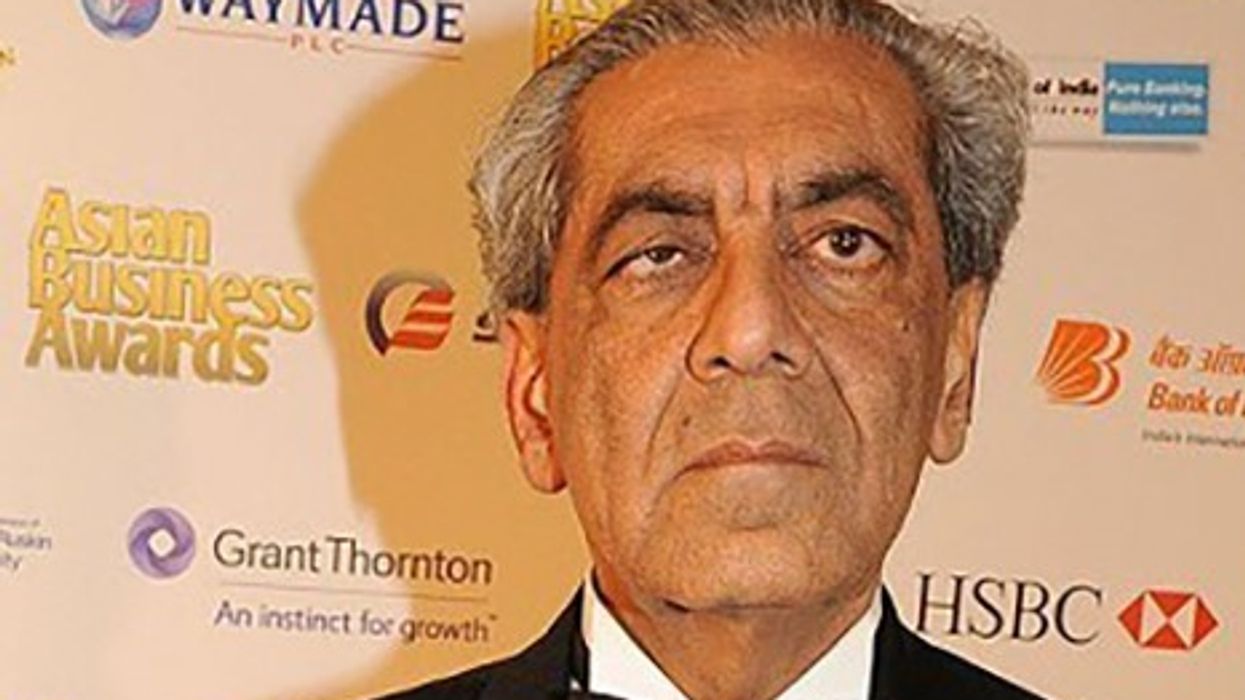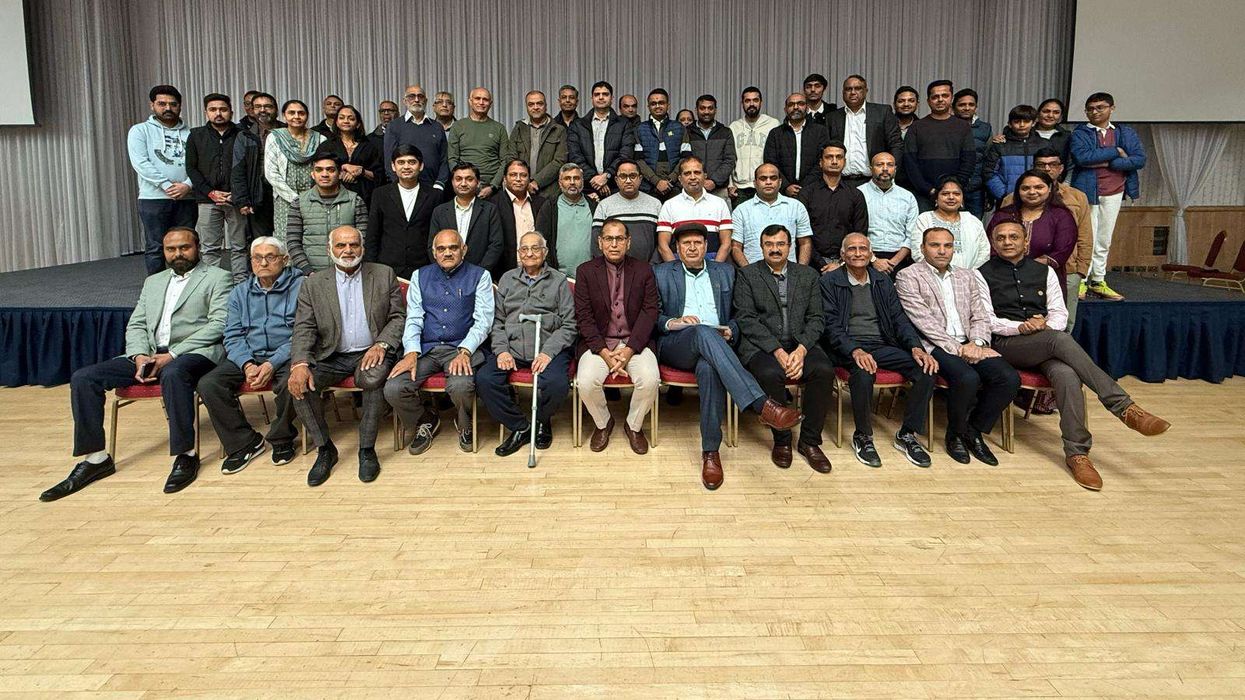by LAUREN CODLING
A FAITH school in north London has announced that it will extend its closure deadline, as parents voiced concerns about the impact on students after the shutdown.
The BAPS Swaminarayan School in Brent first announced its decision to close late last month.
Initially set up in 1992, the independent faith school currently holds an estimated 400 pupils within its prep and senior schools.
The Akshar Educational Trust (AET), which runs the school, said difficulties in recruitment and retention of teachers, declining pupil numbers and increasing regulatory requirements posed “significant challenges”.
Initially, AET planned to close the school in two phases – the prep and senior school would continue from September 2018 until closure in July 2019 and those commencing GCSEs or A-levels in September 2018 could continue with the school until July 2020.
However, after a second meeting, it was announced the closure deadline could be extended until 2021.
AET said in a statement last week: “Provided there is commitment from both parents and teachers, the trustees are considering feedback to extend to a total of three years for both schools before closure in July 2021.”
Vihaan Chopra*, parent to two young children who attend the school, told Eastern Eye on Tuesday (10) that his children are struggling to comprehend the idea of the institute closing its doors forever.
“My 10-year-old daughter has cried herself to sleep,” Chopra said. “My son is a little more resilient, but he knows all of his best friends will soon be scattered across different schools. How can we console them? They need stability, but it is being ripped out from under them.”
An urgent meeting with the school saw Jitu Patel, the chairman of the board of trustees, and school governors attending, along with 100 parents.
Nikhil Bhatia*, parent to a student in Year 3, and who attended the meeting, said: “Emotions were very high from the parents at the meeting as it came as a shock to everyone. The governors and trustees were not prepared for the reactions.”
Chopra, who was also present, added: “It was crazy, absolute madness. Nerves were very raw, and at that time no one had been consulted so there was some anger and some tears. It was very tense.”
However, according to Bhatia, the second meeting had a “good dialogue”. Since then, several meetings have been held with various year groups and parents elected representatives to conduct proposals to suggest ways in which they could potentially save the school.
Both men agree the shared reaction to the initial news of complete closure was a “complete shock”.
Although parents were aware the school was exploring options, including cutting fees and providing free education, the idea of closure was never contemplated, they claimed.
“It is difficult to digest the fact that the only Swaminarayan School outside of Asia will be closing down,” Bhatia said. “It’s also difficult to digest that the Mandir is allowing it to happen as it was the vision of Pramukh Swami Maharaj [the late president of the BAPS
Swaminarayan Sanstha who opened the school].”
In a statement, AET said Pujya Pramukh Swami Maharaj had previously specified that the school need not continue were it to become impracticable.
“Similarly, the trustees would not have taken this decision without the approval of His Holiness Mahant Swami Maharaj [the current president of the BAPS Swaminarayan Sanstha], who has also been saddened by the changing circumstances,” the statement
continued.
There is also concern how the school’s closure will affect families, and not just pupils.
Some families who have investigated alternative schools claim they could potentially have significantly longer commutes, meaning it could also affect job commitments.
Chopra claimed his work has suffered as a result.
“My boss highlighted my mind is somewhere else [due to stress],” he said. “If my boss can see that, my children will probably see that as well in the way you act at home.”
Both parents have started looking elsewhere for alternative schools, but thus far, neither have secured places for their children. However, they both remain hopeful the institute will remain open.
“I still have hopes as there are still talks occurring with the school,” Bhatia said. “I would still like my daughter to be at the school in the foreseeable future, if the school’s decision is not to close.”
In response to the reaction, AET said: “We do recognise that emotions have been running high as the parents have had to face this difficult situation. We sincerely regret the sadness that this has caused to pupils, parents and staff alike.”
*Names have been changed





 South African president Cyril Ramaphosa (R) welcomes Indian prime minister Narendra Modi as he arrives for the opening of the G20 Leaders' Summit at the Nasrec Expo Centre in Johannesburg on November 22, 2025. (Photo by Halden KROG / POOL / AFP via Getty Images)
South African president Cyril Ramaphosa (R) welcomes Indian prime minister Narendra Modi as he arrives for the opening of the G20 Leaders' Summit at the Nasrec Expo Centre in Johannesburg on November 22, 2025. (Photo by Halden KROG / POOL / AFP via Getty Images)






